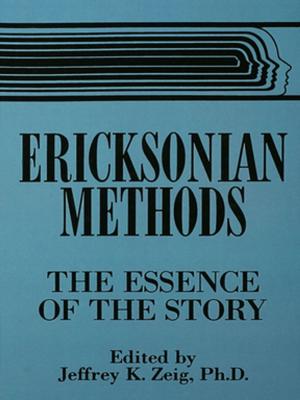Intellectual Property Overlaps
Theory, Strategies, and Solutions
Business & Finance, Career Planning & Job Hunting, Entrepreneurship, Entrepreneurship & Small Business, Nonfiction, Reference & Language, Law| Author: | Robert Tomkowicz | ISBN: | 9781136637865 |
| Publisher: | Taylor and Francis | Publication: | March 1, 2013 |
| Imprint: | Routledge | Language: | English |
| Author: | Robert Tomkowicz |
| ISBN: | 9781136637865 |
| Publisher: | Taylor and Francis |
| Publication: | March 1, 2013 |
| Imprint: | Routledge |
| Language: | English |
Intellectual property rights and their overlaps are considered in light of rights purposes, relying on the concept of a balance of rights as the measuring rod for assessment of the consequences resulting from the exercise of overlapping rights. Identifying the complex interface between different types of intellectual property rights, this book discusses the use of these rights and their effect on a diverse group of stakeholders, from individual users of e-books to large corporations operating search engines on the internet.
The book suggests solutions to potentially objectionable uses of overlapping rights in an attempt to provide judiciary and law practitioners with an analytical framework for resolving disputes of overlaps in the intellectual property system. In doing so, the author investigates how use of intellectual property rights associated with one segment of the system can affect the carefully crafted balance of rights held by various stakeholders in an overlapping segment. In particular, the book suggests that a properly construed doctrine of misuse of intellectual property rights would provide an adequate response to the challenge posed by improper use of overlapping intellectual property
rights.
This book is of particular interest to law practitioners, managers in advanced technology and media industries, academics, and university students who work with or analyze intellectual property and new technologies.
Intellectual property rights and their overlaps are considered in light of rights purposes, relying on the concept of a balance of rights as the measuring rod for assessment of the consequences resulting from the exercise of overlapping rights. Identifying the complex interface between different types of intellectual property rights, this book discusses the use of these rights and their effect on a diverse group of stakeholders, from individual users of e-books to large corporations operating search engines on the internet.
The book suggests solutions to potentially objectionable uses of overlapping rights in an attempt to provide judiciary and law practitioners with an analytical framework for resolving disputes of overlaps in the intellectual property system. In doing so, the author investigates how use of intellectual property rights associated with one segment of the system can affect the carefully crafted balance of rights held by various stakeholders in an overlapping segment. In particular, the book suggests that a properly construed doctrine of misuse of intellectual property rights would provide an adequate response to the challenge posed by improper use of overlapping intellectual property
rights.
This book is of particular interest to law practitioners, managers in advanced technology and media industries, academics, and university students who work with or analyze intellectual property and new technologies.















